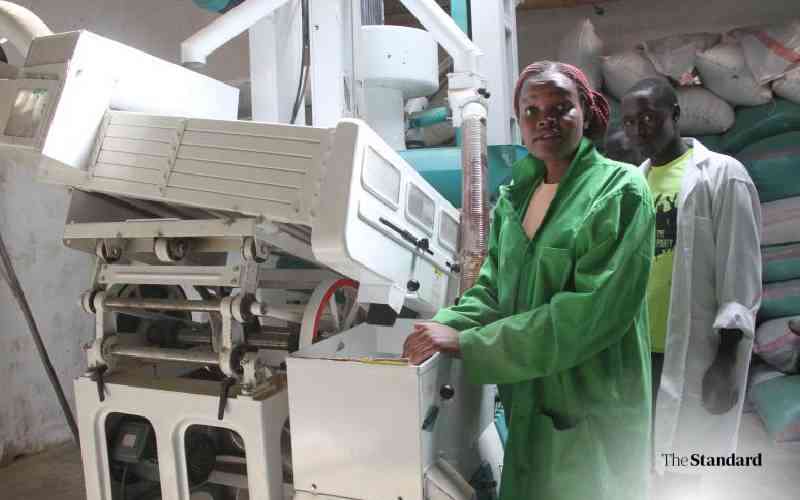Ask any digital nomad why they bounce from Chiang Mai to Oaxaca, and you’ll hear two magic words: and .
For plant-based travelers, the calculus is similar — rice and beans may be pennies in one city, scarce in another.
To pin down where a vegan shoe-string budget goes the furthest, I blended three streams of data:
Each country earned points for low staple prices, dense vegan dining scenes, and documented cost advantages.
The result: five tiers from “stretch-your-pennies paradise” to “still cheaper than home but bring a snack.”
Why they top the list: According to Numbeo, a basket of rice, beans, potatoes, tomatoes, and bananas costs barely a quarter of the U.S. equivalent. Daily dal, veg curry, and flatbread ring in under $1.50.
Street food is often naturally plant-based—think chana masala or ful medames—so you’re not paying a vegan premium.
Even better, cultural norms align: Hindus, Sikhs, Jains, and many Muslims already emphasize plant-forward cooking, making veggie options the default, not niche.
Travelers report you can walk into any railway canteen and score a hot lentil-rice thali faster than you can say “where’s the tofu?”
The catch?
Pack probiotic supplements; water safety can be an issue, and raw salads aren’t always wise.
Staple prices sit 60–70 % below U.S. levels, yet you’ll find full-on vegan cafés with Wi-Fi and beetroot lattes in Chiang Mai, Hanoi, or Bali. Night-market plates — say, banana-leaf rice with tempeh and jackfruit curry—cost under $2.
If you've checked VegOut's recent ranking that I mentioned above, you should know that Thailand is in the global top five for vegan restaurants per capita.
Coconut milk, tofu, and fresh herbs flood local markets, so whipping up nutrient-dense bowls is easier than ordering delivery.
: In Buddhist eateries, ask for “jay food” (เจ) to signal no fish sauce or eggs.
Here, produce is cheap (sun-kissed oranges at €0.90/kg in Lisbon), dried beans are ubiquitous, and farmer-market culture is strong.
While restaurant vegan options lag behind Berlin or Tel Aviv, cooking at home is a steal—lentil-tomato stew simmers for pennies.
The Oxford model predicted a one-third drop in grocery bills when Spanish households shifted from meat-centric to whole-food vegan. Street tacos al pastor may tempt, but many taquerías now offer frijoles de la olla and nopales fillings.
Plant-based heaven for supermarket variety — GFI Europe reports every major German chain now sells low-priced own-label burgers, oat milks, even vegan Käse. Lidl’s Vemondo line undercuts Beyond Meat by half.
London boasts 200+ entirely plant-based eateries, but you’ll pay city premiums: a tofu bowl averages £11.
: cook staples (pasta, tinned beans) and treat restaurants as excursions.
Aldi’s Dutch branches stock €1.79 seitan strips — cheaper than chicken breasts.
My acquaintance, Elena, a Berlin-based coder, feeds herself on €35 a week: oats, frozen veg, rye bread, and discount-rack produce. Splurge day is a €5 vegan Döner. “I’d spend double in New York,” she notes.
The JAMA intervention that I cited above proved that even in pricey markets, a low-fat vegan cart or $1.80/day.
But processed substitutes — artisanal nut cheese, coconut yogurt — flip the math fast.
Stick to beans, seasonal produce, bulk grains, and you’re golden — chase imported jackfruit tacos, and your wallet wilts.
Numbeo lets you compare a kilo of lentils in Mumbai (₹91 / $1.09) to Berlin (€2.09) in seconds. Screenshot the table and mark “green” countries where rice-bean-veg totals run < $6/day. That’s your affordability shortlist.
Use HappyCow and our ranking to drop pins for vegan-dense districts. In Bangkok, Phrom Phong and Ari top the list; in Lisbon, it’s Bairro Alto. Living near these hubs cuts transit costs and “hangry” emergencies.
The Oxford model suggests whole-food vegan diets cut food costs by in high-income countries.
Test it: price your current weekly haul, then re-price swapping meat for beans and dairy for soy milk in your future city’s supermarket app. If savings ≥ 20 %, you’re in a winning zone.
Choose inexpensive, local staples you can find anywhere — e.g., rice, lentils, onions, tomatoes, greens.
In Germany, swap lentils for split peas; in Thailand, rice noodles for bread. This fallback dish saves you when translation fails or stores close early.
In India, bring containers to a dal wholesaler and slash costs. In Egypt, buy kilo-bags of fava beans for ful. Southeast Asia? Open-air markets dump produce at half-price after 7 p.m.
Quick tip: learn the local word for “without fish sauce” or “no ghee” to avoid hidden animal fat.
Even in cheap-food havens, a few stealth expenses can gnaw at your budget. Keep these traps on your radar:
Before booking one-way tickets, many travelers worry that “cheap” means nutritionally thin. It doesn’t have to.
Finally, embrace fermented staples — kimchi in Korea, idli in India, tempeh in Indonesia — for gut-friendly probiotics that improve nutrient uptake and keep you resilient against travel bugs.
With a little planning, your nutrition profile can outperform your pre-trip diet while still running far cheaper.
Plant-based living in 2025 no longer demands deep pockets or vegan-friendly postcodes.
The data show that, from Lahore to Lisbon, legumes and seasonal produce consistently undercut the cost of animal protein — sometimes by 75% or more.
Availability is trending just as steeply upward: supermarket own-label burgers in Berlin, street-stall tempeh bowls in Bali, and taco stands slinging nopales prove that plant options are morphing from niche to norm.
By pairing these global trends with a few savvy habits—early market runs, bulk-bin staples, and a flexible palate—you can nourish body, planet, and bank account all at once.
The real luxury isn’t spending big on exotic superfoods. It’s standing in a bustling market halfway across the world, realizing that the freshest, cheapest, most vibrant meal you’ll eat all day is also the kindest to your wallet and the earth.
Here’s to chasing that thrill — one lentil, one street snack, one budget-friendly bite at a time.








